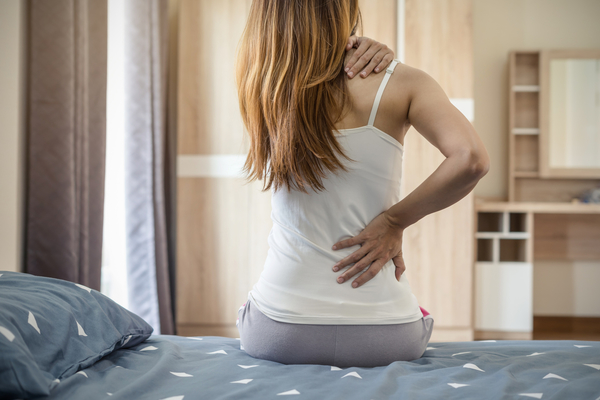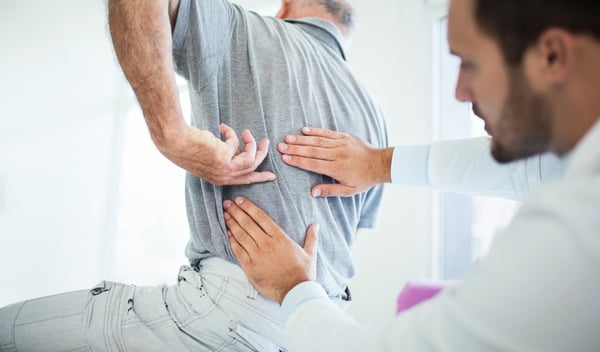
Low back pain and pelvic floor dysfunction
Approximately 70-80% of the population will experience at least one episode of low back pain (LBP) during their lifetime.
However, studies have shown that there’s a poor relationship between pathology and associated pain, meaning that only about 15% of low back pain cases can be attributed to a specific cause.
So, what is the true origin of low back pain, and how can we both understand and treat it better?
Is the pelvic floor the missing link to explain low back pain?
Pelvic floor physiotherapists have always known that there’s a close relationship between the low back region and the pelvic floor.
The pelvic floor is a group of muscles and ligaments that attach around the bottom of your pelvis from the pubic bone in front, to the tail bone in back and around to the sides.
The openings of the urethra, anus and vagina go down through these muscles. Other muscles that attach to and support your pelvis and tailbone include back muscles, abdominal muscles, glutes and other hip muscles.
Recent studies show that more than 95% of women with low back pain have pelvic floor dysfunction as well. It is estimated that pelvic floor dysfunction is also prevalent among men and non-binary people experiencing low back pain, but the link has not yet been studied due to the underreporting of symptoms and the sensitive nature of pelvic floor concerns.

Pelvic floor dysfunction and low back pain are often associated because of how the pelvis is a key support for the lower back. When the pelvic floor muscles are not appropriately strengthened (too weak or too tight) or become harder to control, the lower back muscles are not getting the proper support that they need.
Signs and symptoms of pelvic floor dysfunction include:
- Bladder or bowel leakage (incontinence): This could occur during exercise, when you cough/sneeze, or when you have a strong urge to urinate or have a bowel movement, but can’t make it in time
- Pelvic organ prolapse: A bulge at the opening of the vagina or further outside the vagina
- Difficulty emptying your bladder or bowels completely
If you experience one or more of these symptoms in addition to pain in your lower back region, you may benefit from a pelvic physiotherapy assessment and treatment plan. For long-term relief of low back pain, both the pelvic floor and the low back region must be examined together.
For a full evaluation, or if you have any questions about lower back pain and pelvic floor dysfunction, check out our Locations page and schedule an appointment at a clinic near you.



